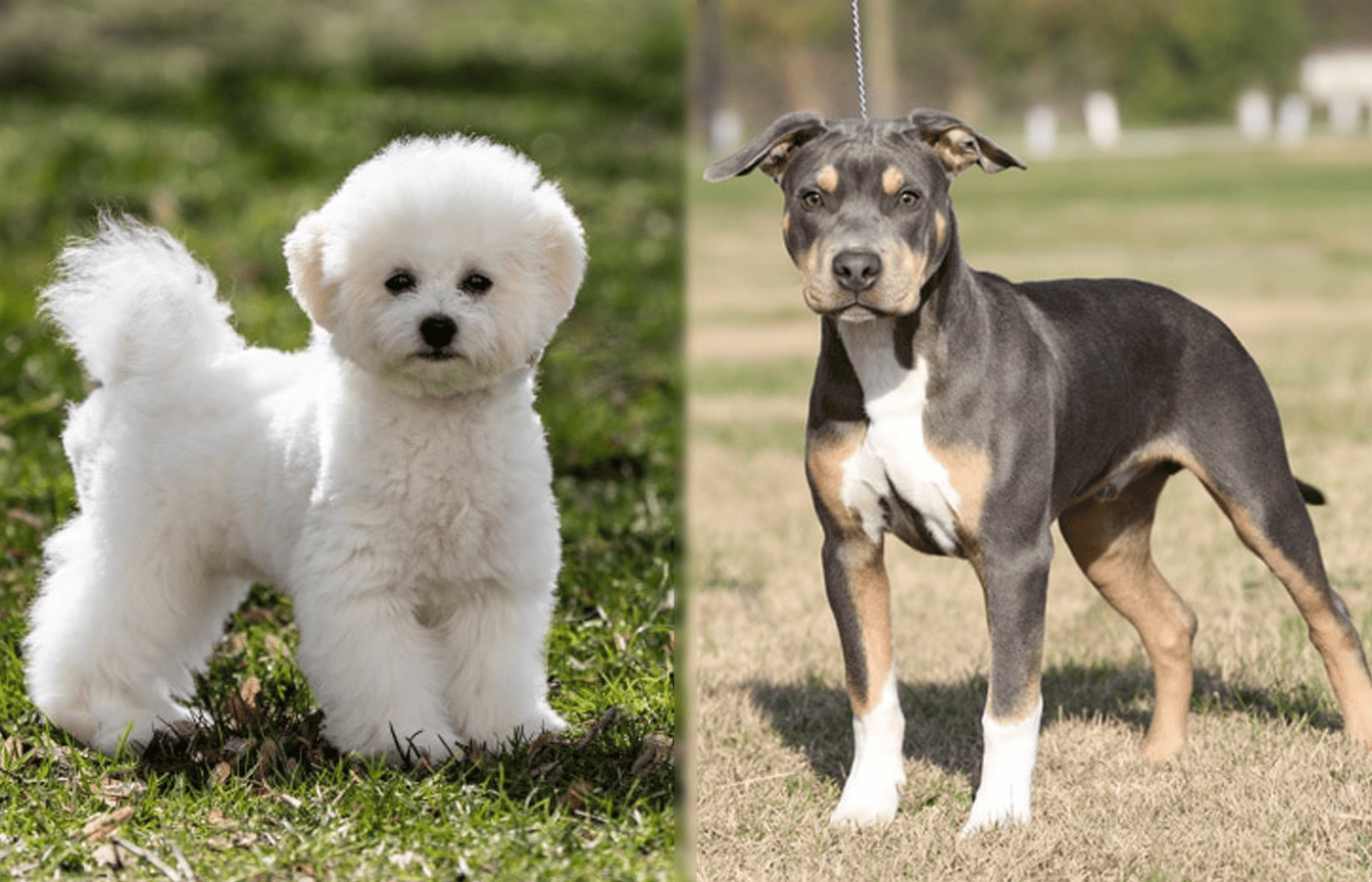Seizures—they’re a rare but terrifying possibility for any dog owner. Seizures happen when a sudden overload in brain activity leads to “shutting down”—signs like tremors, unresponsiveness, and drooling. There are many different causes of seizures, from illness to poisoning.
But seizures can also have a genetic component. Certain breeds are at higher risk for epilepsy than others. In a landmark 2018 study, seizure occurrence in almost half a million dogs was measured.1 Here are the top ten dog breeds prone to seizures.
The 10 Dog Breeds Prone to Seizures
Before we jump into this list, it’s important to note that epileptic seizures are quite rare. Even in breeds prone to seizures, the chances of your dog inheriting a higher risk of seizures is low. Even the highest-ranked breeds in the studies had less than a 2% risk of seizures. The average dog had a .82% chance of having at least one seizure over the course of the year.
But if your dog’s breed is at higher risk of seizures, it’s good to be informed.
1. Pug

With their short noses and big eyes, pugs are beloved but controversial. They’re prone to a wide range of health problems, many of them related to their short noses. It’s unknown how epilepsy is related to their head shape, but many short-nosed breeds are at higher risk for seizures. Pugs top our list, with 1.88% of pugs in the study having a seizure over the course of a year. There’s even pug-specific seizure signs, Pug encephalitis, found only in the breed and fatal to affected dogs.
2. Boxer

Boxers are active, playful pets that most owners love. They’re also known as a relatively healthy breed, with lots of energy and a long lifespan for their size. But an active lifestyle doesn’t stop boxers from developing epilepsy. 1.77% of boxers in the study were seizure prone. Boxers frequently have idiopathic epilepsy—recurrent seizures with no known source.
3. Basset Hound

Basset Hounds are a cartoon-character favorite, with long, floppy ears and a long, short body. Originally hunting dogs, they’re known for their calm but friendly personality and their love of snuggling. They’re prone to a variety of health problems, including seizures. 1.74% of Basset Hounds have a seizure in any given year.
4. Border Terrier

Border Terriers are tiny, friendly, alert dogs that make great pets. Their high energy and sunny temperament make them great family pets as well. But border terriers also have a 1.67% chance of seizures. A disorder called Canine Epileptoid Cramping Syndrome (CECS or Spike’s Disease) was first recorded in Border Terriers. Spike’s disease causes seizures in which the dog is alert and conscious during seizures.
5. Border Collie

Border Collies are some of the most common large dogs and for good reason! These dogs are clever, obedient, friendly, and usually healthy. But there is one condition Border Collies are prone to: seizures. Border collies are believed to have a 1.45% rate of seizures, putting them fifth on our list. This is common among several types of herding dogs, and there’s some link between epilepsy and the MDR1 gene in these breeds. This gene is responsible for medication resistance as well.
6. Beagle

Beagles are small, loving, adaptable dogs that can adjust to any living situation. Because they do well in apartments and small homes, they’re experiencing a growth in popularity right now. But Beagles are also prone to seizures, with a 1.37% incidence rate.
7. King Charles Spaniel

King Charles Spaniels are beautiful toy spaniels that are much loved by their admirers. They are seventh on the list, with an incidence rate of 1.26%. These dogs are often confused with their close cousins, the Cavalier King Charles Spaniel. This breed, which was developed by crossing King Charles Spaniels, Cavaliers, and other breeds, has inherited a slightly higher risk of seizures, but not high enough to make this list.
8. Dogue de Bordeaux

The Dogue de Bordeaux is a massive mastiff-type dog with a powerful chest, a beautiful fawn coat, and a loyal, even-tempered personality. They are a generally healthy breed that often tops 100 pounds. However, they are prone to epilepsy, with a seizure rate of about 1.24%.
9. British Bulldog

British Bulldogs have a similar build to Pugs, with flattened noses and a unique skull shape. And like Pugs, they also have an elevated risk of seizure, although they don’t rank quite so high. British Bulldogs have a risk of about 1.16%.
10. Yorkshire Terrier

Coming in tenth on our list is the beloved Yorkshire Terrier. These Yorkies are small, friendly, and playful. They’re a common apartment pet, but they do have a higher share of health problems, including some that cause seizures. Yorkshire Terriers are prone to hypoglycemia and liver shunts, both of which can cause seizures if left untreated. Their risk of seizures is about 1.15%.
Summary
These breeds might be the dogs most likely to have seizures, but seizures are found in all breeds. Other types with a slightly elevated risk include Weimaraners, Patterdale Terriers, Pomeranians, and Labs. Overall, choosing a dog based on the risk of seizures is probably not the best choice. After all, even though pugs and boxers are twice as likely to get seizures as the average dog, more than 98% of the pugs and boxers studied were fine. But if you plan on owning or breeding one of the dogs on this list, it can’t hurt to be educated about the risks and look into your dog’s family history.
Featured Image Credit: Beach Creatives, Shutterstock










